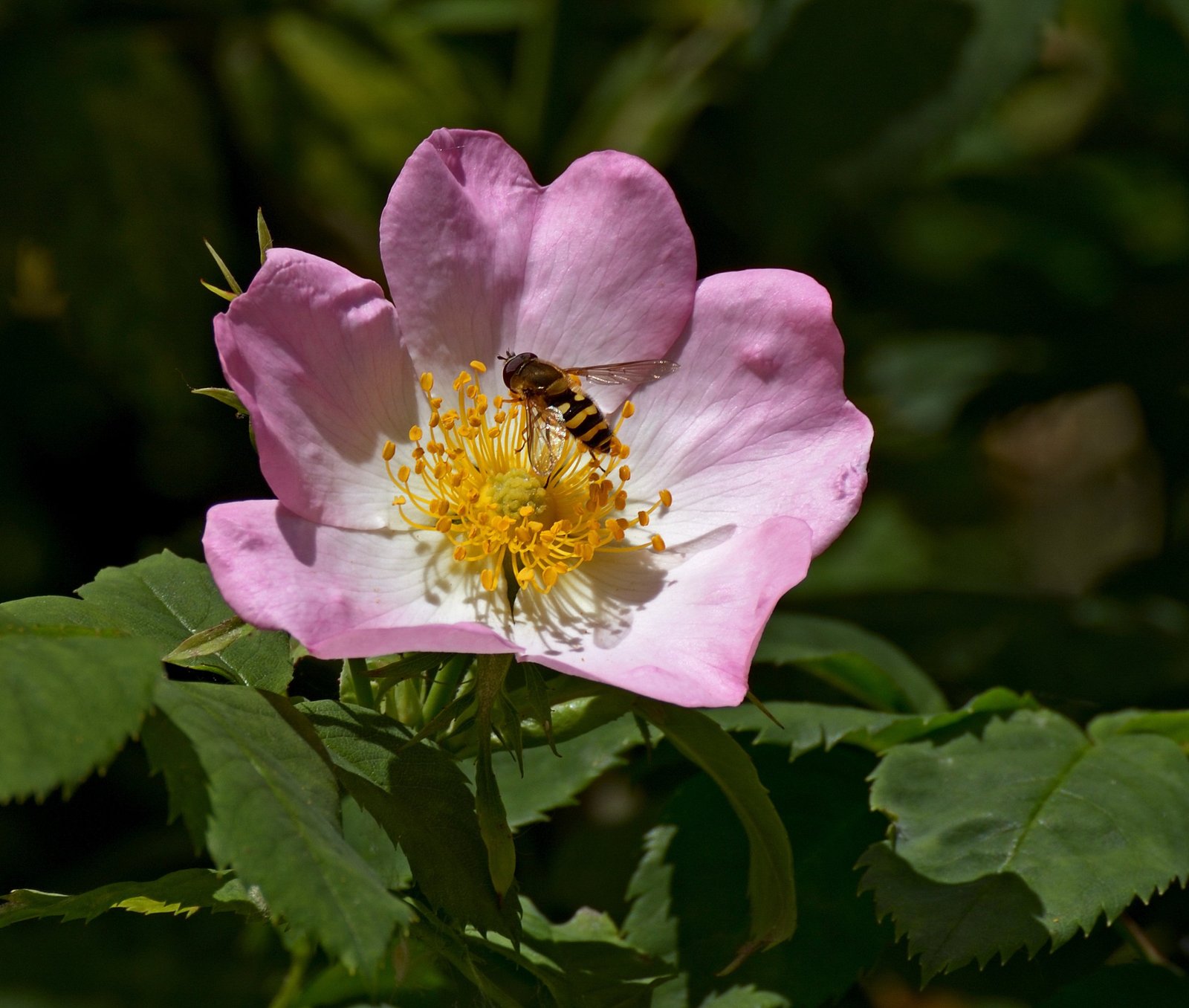What Are Blind Shoots on Roses?

Blind shoots on roses are vigorous, leafy growths that fail to produce any flower buds. These shoots can appear healthy and robust, but they do not contribute to the overall flowering of the rose plant. Identifying and properly managing blind shoots is crucial for maintaining the health and aesthetic appeal of your rose garden.
How to Recognize Blind Shoots on Roses?

Physical Characteristics of Blind Shoots
- Leaf Formation and Stem Structure: Blind shoots are characterized by their lack of flower buds. They have thick stems and lush green foliage, similar to healthy shoots, but they do not produce any buds or flowers. The leaves on blind shoots unfold differently; for example, the stipules (tiny \”ears\” at the base of the petioles) may emerge in almost the same place, and the shoot may appear to have died off in the center.
- Stem Thickness and Growth Patterns: Blind shoots are often vigorous and grow rapidly, but they remain devoid of flower buds. They can look healthy with lots of foliage, but they do not contribute to the plant’s flowering.
Seasonal Timing and Environmental Conditions
- Seasonal Timing: Blind shoots are more commonly observed during the active growing season, particularly in the spring and early summer when roses are busy sprouting and forming buds. In May, for instance, roses are actively sprouting, and it is easier to identify shoots that do not show bud growth.
- Environmental Conditions: Large temperature differences between day and night can contribute to the development of blind shoots. This is more frequently observed in areas with high daytime temperatures and cool nights.
How to Identify and Prune Blind Shoots on Roses?
Tools Needed
- Pruning shears or loppers
- Gardening gloves (optional)
Visual Indicators
- Healthy Shoots: Look for shoots with leaves unfolding on three sides, and the presence of two or more petioles (tiny stems) with leaves emerging from the top. Healthy shoots will have a node that leads to a flower bud.
- Blind Shoots: Identify shoots with stipules emerging in almost the same place, and a shoot that seems to have died off in the center. These shoots will lack any signs of flower bud formation.
Methods for Distinguishing and Pruning
- Inspect the Base of the Rose: Start by examining the base of the rose bush, where blind shoots are more common and easier to recognize. Clean out around the canes to improve air circulation.
- Check for Bud Formation: Look for shoots that lack any signs of flower buds. If a shoot is vigorous but has no buds, it is likely a blind shoot.
- Prune Blind Shoots: Use pruning shears or loppers to cut the blind shoot back to the next fully formed five-leaf node. This will stimulate the leaf axillary bud to sprout and form new buds.
- Monitor and Repeat: Regularly inspect your rose plants, especially during the active growing season, and prune any new blind shoots as they appear.
Which Rose Varieties Are More Prone to Blind Shoots?
- Prone Varieties: Blind shoots are more often observed in upright growing varieties, particularly in frequently flowering and fast-shooting hybrid tea roses.
How to Prevent and Manage Blind Shoots on Roses?
- Pruning: Regular pruning to remove blind shoots and stimulate new growth is crucial.
- Environmental Management: Avoid large temperature fluctuations by providing some protection from extreme weather conditions.
- General Care: Ensure good air circulation around the rose bushes to prevent disease and promote healthy growth.
By understanding the characteristics of blind shoots, their seasonal timing, and the best practices for identification and management, you can keep your rose garden thriving and maximize its flowering potential.
Reference:
1. Rose problems: frequently asked questions
2. Are your roses going ‘blind’?
3. Blind shoots (budless rose shoots with bent tips)
